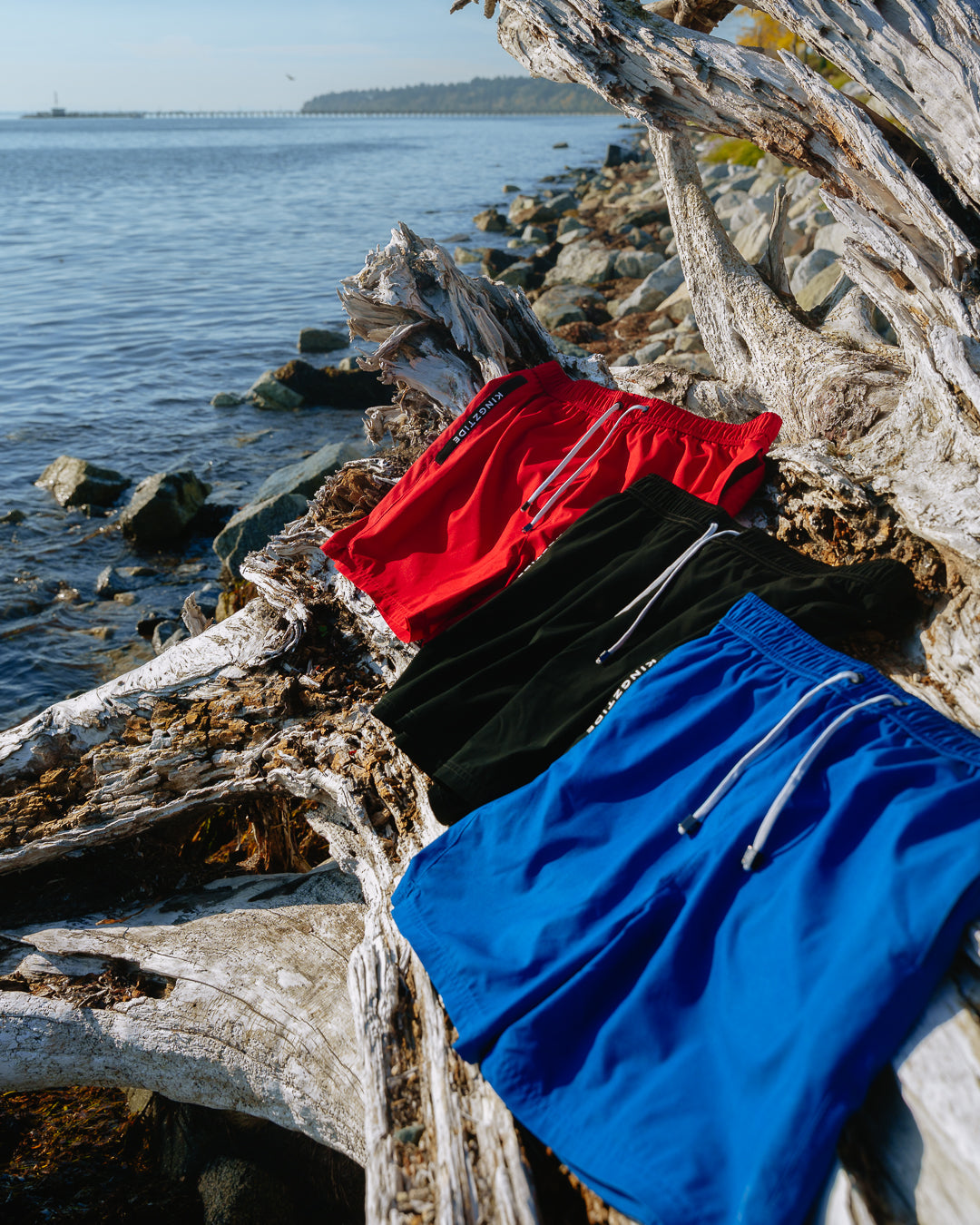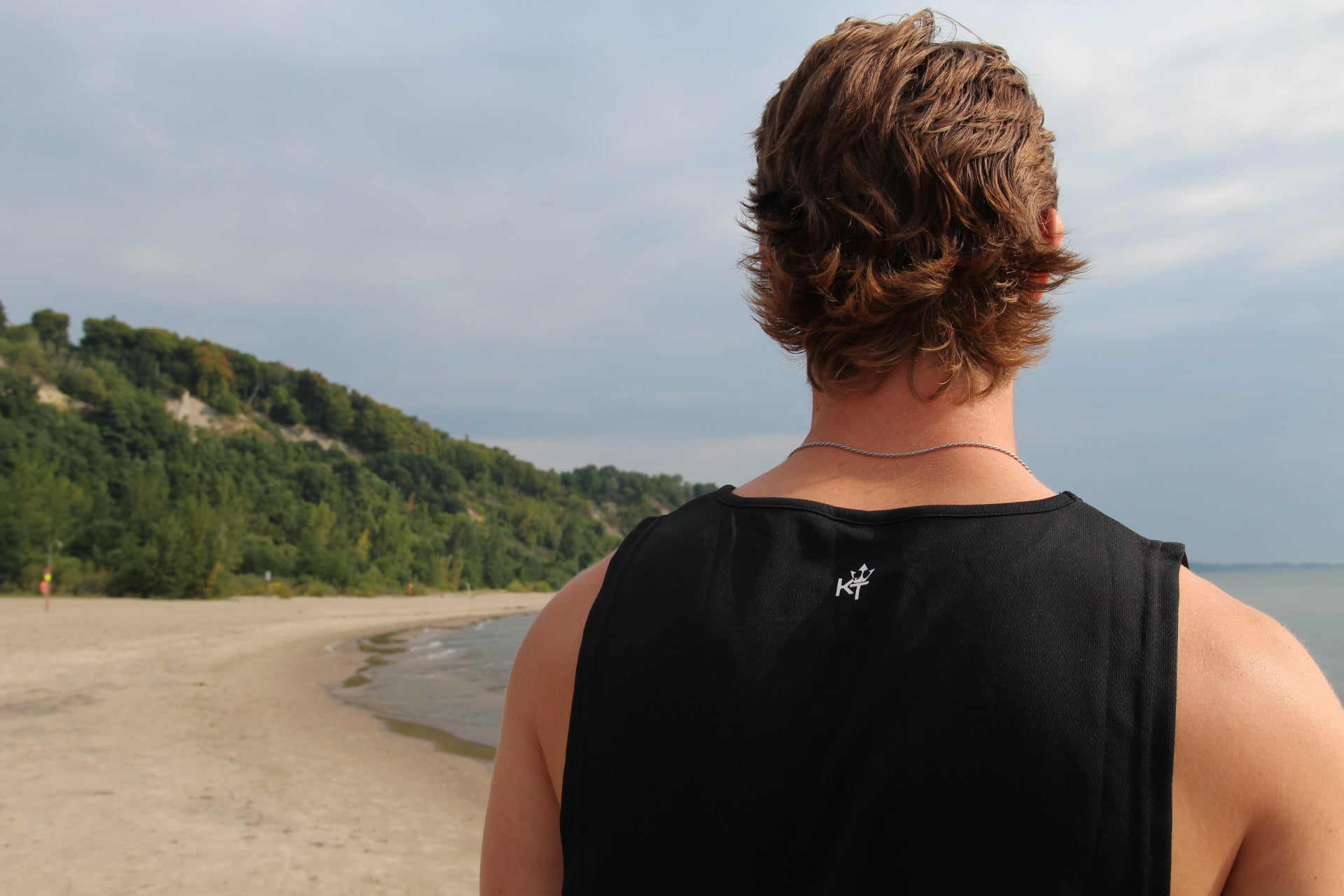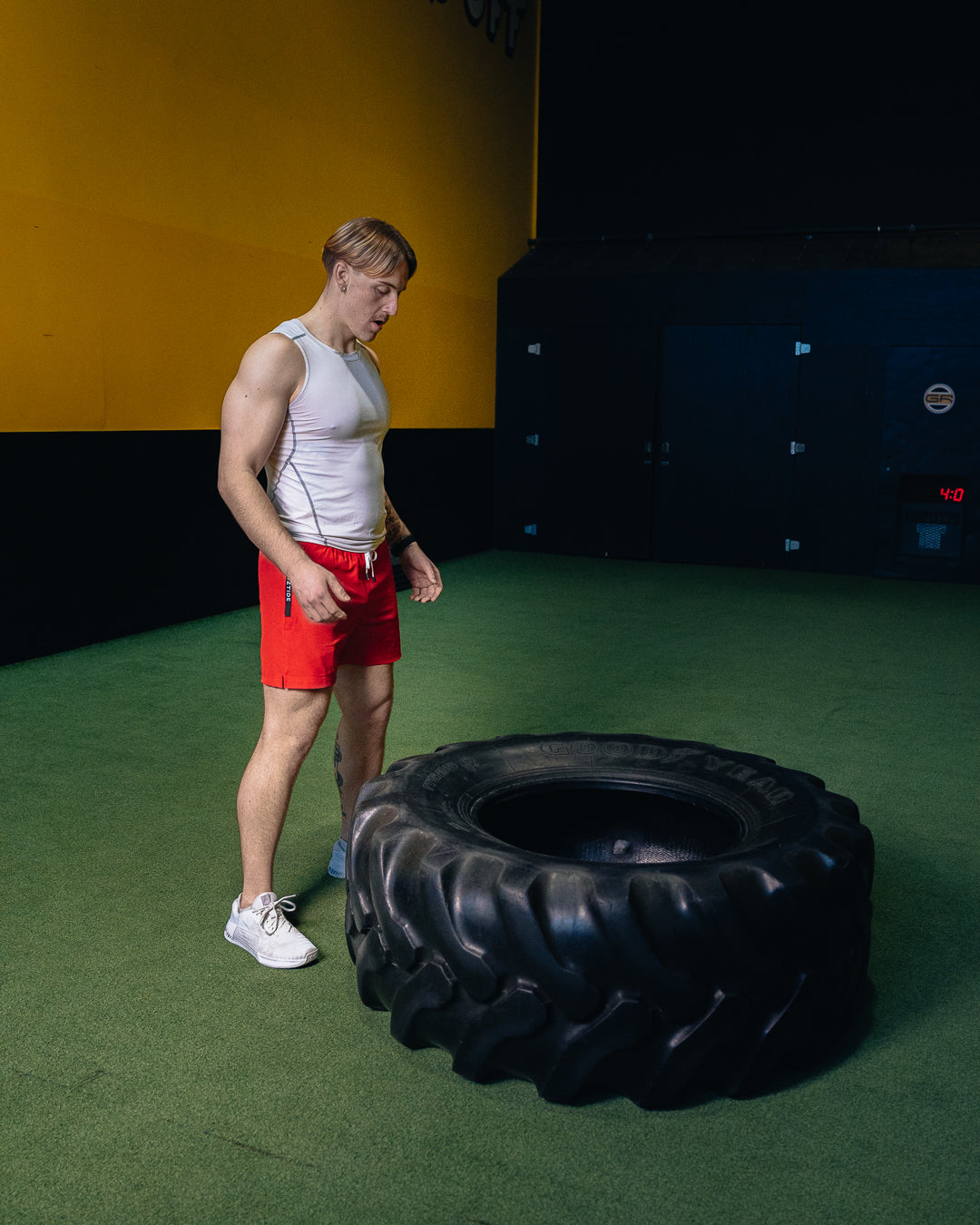
What Every Hybrid Athlete Needs to Know About Recovery
For the modern hybrid athlete—someone who blends strength training, endurance work, mobility drills, and high-skill sports—recovery isn’t optional. It’s essential. You can’t expect to go all-out across multiple disciplines without prioritizing how you rebuild. Whether you're cycling through CrossFit, long-distance runs, and grappling, or mixing Olympic lifting with calisthenics and swimming, your body needs time to reset. Here’s what every hybrid athlete should know about recovery—and how to make it work for you.
1. Recovery Is When You Get Stronger
Training tears you down. Recovery builds you back up. This is when muscles repair, joints heal, the nervous system resets, and your performance potential grows. Skip recovery, and your risk of injury, burnout, and plateaus skyrockets. Prioritize it, and you unlock better strength, endurance, and focus.
2. Respect the Rest Day
Active recovery has its place—light mobility, walking, or easy cycling can help with circulation. But don't underestimate the value of a complete rest day. No training. Just solid sleep, good food, and stillness. If you're training hard six days a week, that seventh day needs to serve your recovery, not your ego.
3. Cold Plunges: Reset the System
Cold exposure is more than a trend—done right, it’s a powerful recovery tool. Cold plunges can reduce inflammation, accelerate muscle recovery, and trigger a flood of endorphins that boost your mood and mental clarity. Even just 2–3 minutes in cold water post-training can help manage soreness and improve circulation. Use it intentionally—especially after high-intensity or high-impact sessions.
4. Saunas: Heat for Healing
On the flip side, sauna sessions offer incredible benefits for hybrid athletes. Sitting in a sauna for 15–20 minutes post-training can help relax muscles, improve cardiovascular health, and trigger heat-shock proteins that support cellular repair. Regular sauna use has been linked to better endurance, reduced DOMS (delayed onset muscle soreness), and even mental resilience. Alternate between heat and cold exposure to get the best of both worlds.
5. Sleep Is the Foundation
Forget the gadgets—your best recovery tool is quality sleep. Deep sleep is when your body releases growth hormone and goes into full repair mode. Aim for 7–9 hours nightly, and protect your sleep like your next PR depends on it—because it does.
6. Eat to Rebuild
Recovery doesn’t stop when you leave the gym. Whole-food nutrition fuels the healing process. You need protein to rebuild, carbs to refuel, and healthy fats to support hormones. Stay hydrated and don’t sleep on electrolytes—especially if you’re sweating it out in saunas or training in heat.
7. Recovery = Performance
The better you recover, the more consistently you can train—and that consistency is where results are made. Recovery isn’t the absence of effort. It’s strategic. It’s discipline. For a hybrid athlete, it’s the edge that keeps you sharp and moving forward.
Whether it’s the plunge, the sauna, a rest day, or just going to bed an hour earlier—every piece matters. Train hard. Recover harder. That’s the code.


